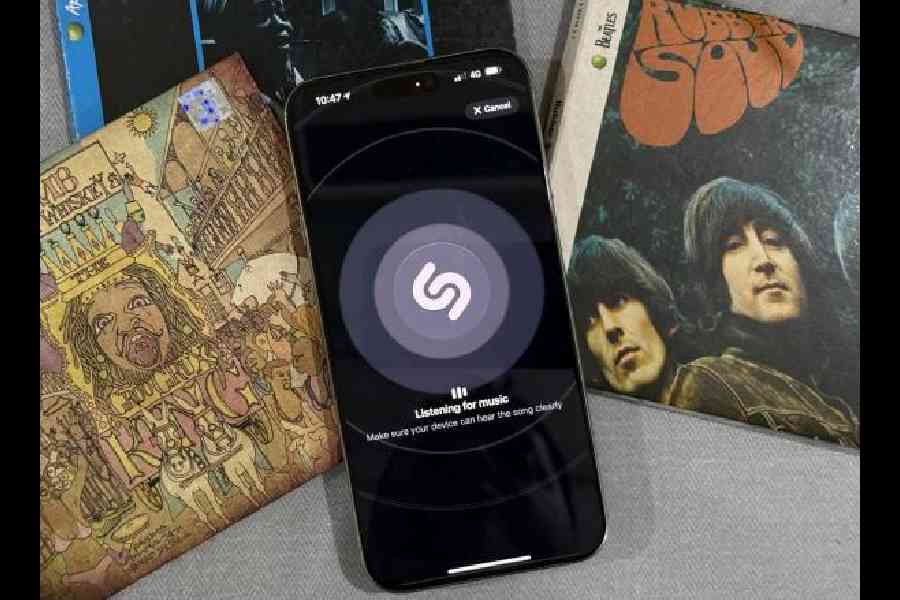When people ask me what I use the Action Button on the iPhone for, the answer is simple — Shazam, the music-recognition service from Apple. A milestone has been reached — 100 billion song recognitions, that is, 12 songs identified for every person on earth.
“This monumental milestone not only reflects how much people enjoy using Shazam, but also their appetite for new music,” said Oliver Schusser, Apple’s vice-president of Apple Music and Beats. “Music discovery is at the core of everything we do, and we keep innovating to make sure music lovers around the world can tap the Shazam button no matter where they hear music playing!”
The song recognition service was acquired by Apple in 2018 and in 2022, the company announced more than 70 billion song recognitions had taken place. So, in the last two years, Apple has added 30 billion song recognitions.
The story of Shazam is interesting. Launched in 2002 as an SMS service in the UK, and back then, music fans would dial 2580, hold up their phones to identify music, and receive the song name and artiste via text message.
It is also the story of four friends — Chris Barton, Philip Inghelbrecht, Avery Wang, and Dhiraj Mukherjee. Mukherjee, who was born in New Delhi, did his growing up all over the world because his father worked for Air India. “I lived in Athens, Paris, Calcutta, Geneva, and Bombay growing up, with an unusual cocktail of languages and education systems. At heart, I am Indian; culturally, I am European; and professionally, I am largely American, since I have lived and worked there for 11 years,” he had said in a 2015 interview.
The cultural importance of Shazam was iterated when the iOS app was introduced in 2008 with the debut of the App Store. By the summer of 2011, Shazam had already recognised over one billion songs.
The most identified song on Shazam is Dance Monkey, by Tones and I, which has been recognised more than 45 million times. Shazam Predictions 2023 alum Benson Boone’s Beautiful Things was the first track released this year to hit 10 million recognitions, and the fastest, doing so in 178 days. At that pace, it would take more than 4,800 years for it to hit 100 billion.
Recent innovations include Music Recognition on iOS and macOS, which allows users to quickly identify music around them or within apps (even while using headphones). The latest watchOS update goes a step further by adding Shazam as a widget to the Smart Stack.
Shazam also enhances the experience of its Android users, with the latest Wear OS update enabling song identification directly from a user’s watch.











